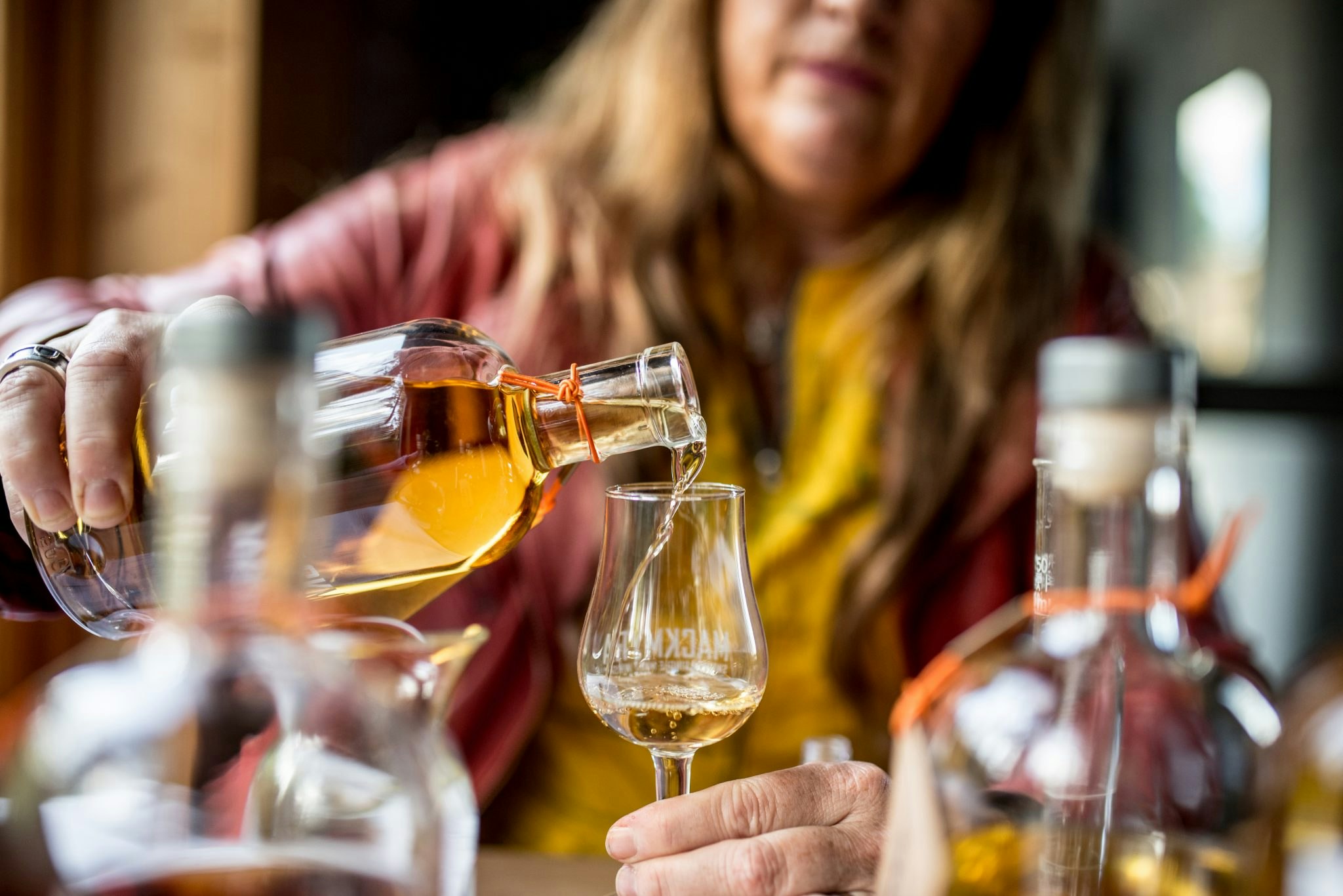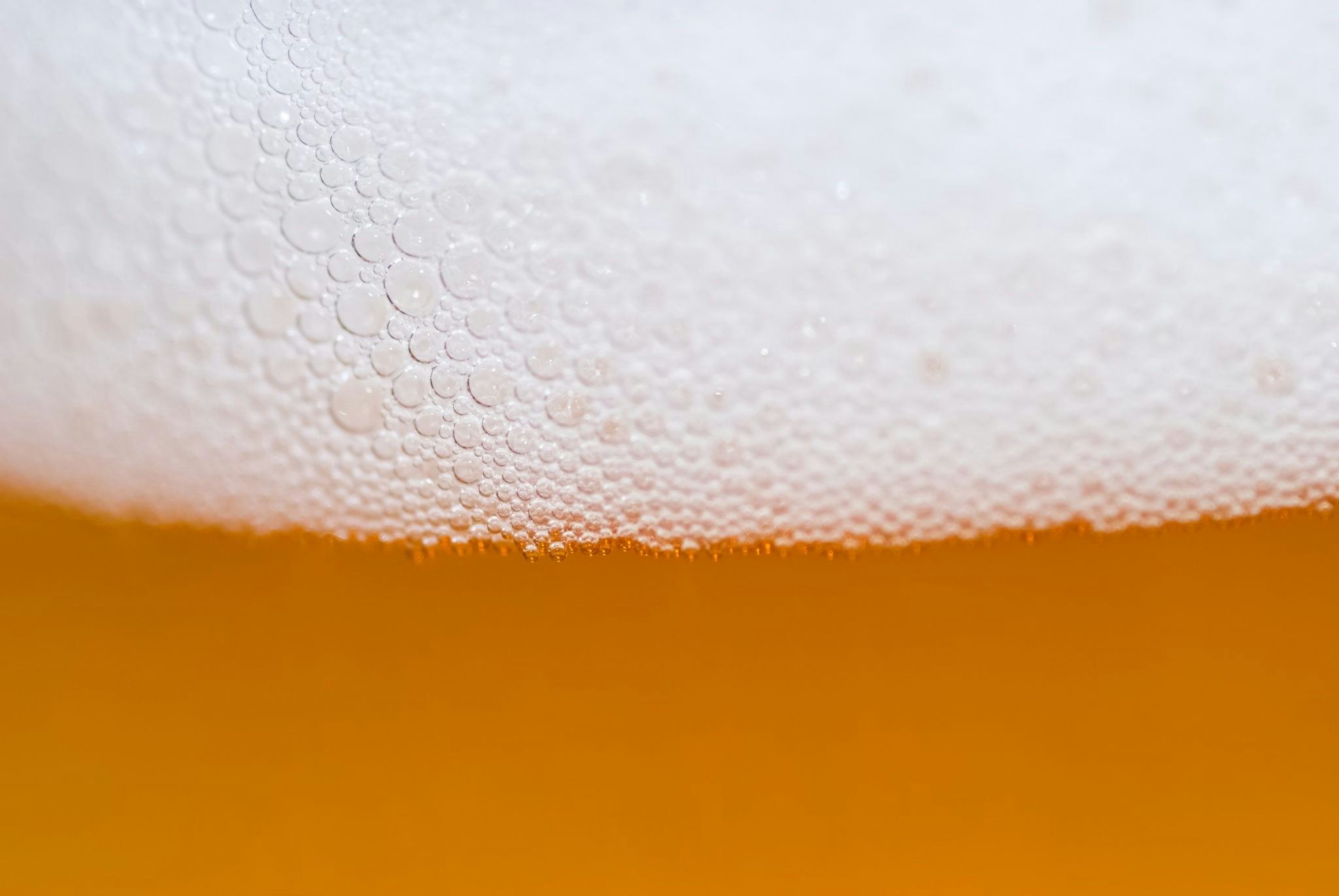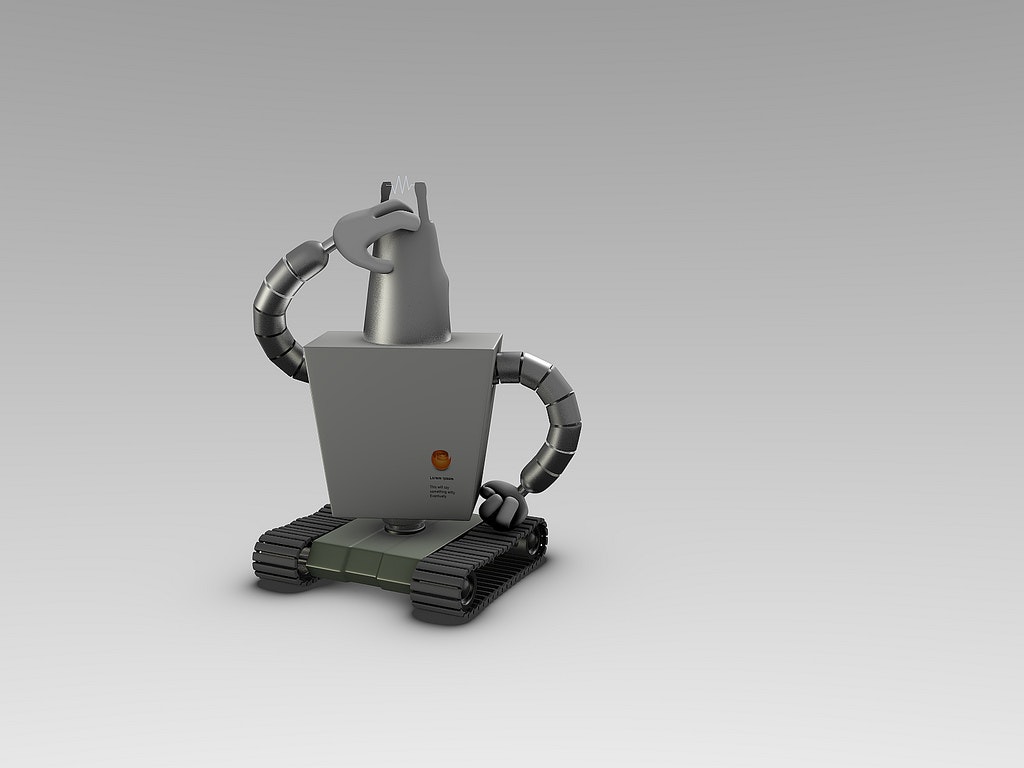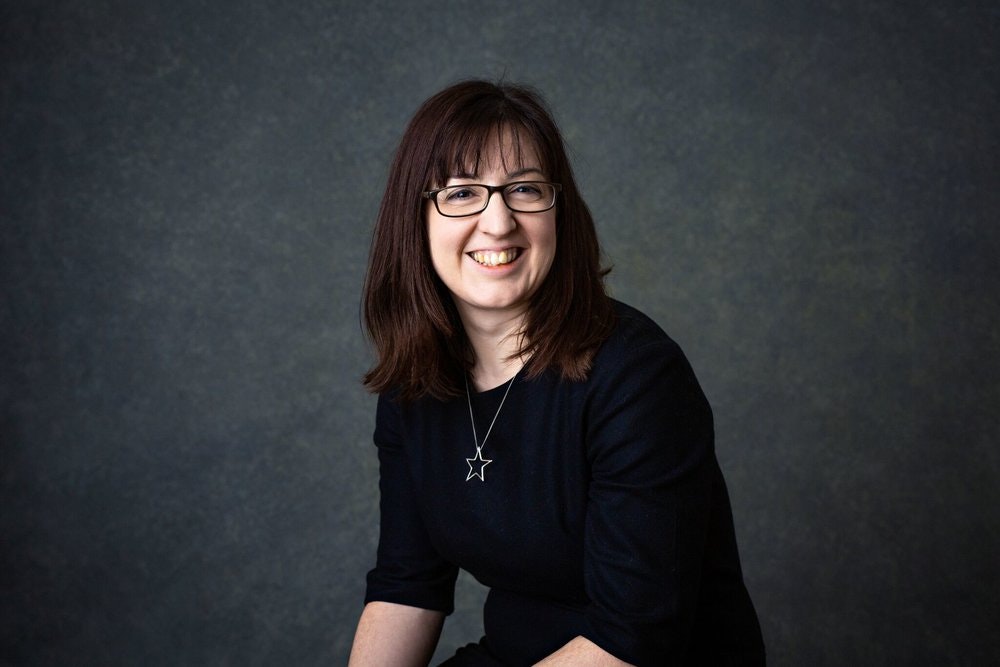It was an experiment. Mackmyra, the Swedish whisky brand, wanted to see if machine learning algorithms could help them come up with new blends of whisky.
To help, the company enlisted Angela D'Orazio, Mackmyra’s master blender and “chief nose officer” (CNO) to help.
D'Orazio was experienced. She had been CNO for more than 15 years. It is a job, she says, which can take a lifetime to train for. D’Orazio had first trained as a sommelier, then went to study whisky in Scotland before returning to her native Sweden to run a whisky-tasting club.
I don’t think I have super special tastebuds... But you need to do a lot of tasting,
“I don’t think I have super special tastebuds. A lot of people have the possibility to be a good ‘nose’. But you need to do a lot of tasting,” D’Orazio says. The job can involve tasting 100 to 200 whiskeys a day during an intense blending period.
D’Orazio has specialised in whisky with a Nordic touch. She uses casks seasoned with unusual flavours such as cloudberry and birch wine to give the drinks a flowery complexity. But could a machine be taught some of D’Orazio’s tasting expertise and experimental flair?
In 2018 Mackmyra worked with Fourkind, a Finnish technology advisory company, and Microsoft to programme in all the information D’Orazio had collected since beginning to blend for Mackmyra. This included everything from the type of cask, age, all the tasting notes and reviews, any medals that a particular blend had won.

What happened?
The first 100 recipes that came back were “useless” says D’Orazio. They were certainly novel but included combinations that she knew wouldn’t go together. The machine seemed obsessed, for example, with adding a smoky flavour to all the blends, which D’Orazio knew would overpower all the other flavours.
Or else the recipes were overly-complicated, calling for dozens of tiny quantities of this and that — a tenth of a cask of one whisky, a 20th of another — which would be entirely impractical to make.
It was like giving the 10 best cooking ingredients to someone who doesn’t know how to cook.
“It was like giving the 10 best cooking ingredients to someone who doesn’t know how to cook,” says D’Orazio. “Just putting them together doesn’t mean you get a good result. There were a lot of weird combinations that just wouldn’t work together.”
D’Orazio and Fourkind went back to the drawing board and spent about six months going back and forth to refine the information going into the programme. In the end it produced 20 recipes that at least seemed plausible and D’Orazio picked five of these to test.
One — recipe 36 — was chosen to be made into a bigger batch of 5,000 bottles, named Intelligens, and was launched at the end of August. It costs some £59 a bottle and has been well-received, described as smoky with a hint of oak.
The future of drinking?
Mackmyra is not the only drinks company to have dabbled with artificial intelligence. Bristol-based Circumstance Distillery tried a similar project with gin, using machine learning to create a new blend of the botanicals flavouring the drink.
The honest truth is the machine didn’t do anything I couldn’t have done.
D’Orazio is not even remotely worried about artificial intelligence taking over her job, however. “The honest truth is the machine didn’t do anything I couldn’t have done,” she says. “Maybe if you worked with it a lot more and really imparted all your knowledge one day it would be able to do something really fantastic.”
At the moment the system needs a great deal of supervision. "We didn’t have a clue if it was possible to get a good AI whisky recipe out of this, so it was a test and also a development project. It was really interesting to see what it could do.”
D’Orazio muses that artificial intelligence might be more useful for other parts of the whisky-making process, however. “We used it only for blending, but what about using it to enhance the brewing process?” D’Orazio says sometimes even a small difference in the yeast used for brewing can spoil a batch, and machine learning could be helpful in analysing yeast strains to eliminate this kind of spoilage.
Carlsberg is, in fact, using artificial intelligence in this way, to detect aromas and flavours in beers faster than what is currently possible. The Danish company, the world’s fourth-largest brewer by sales, teamed up two Danish universities, Aarhus and the Technical University of Denmark, to develop sensors that could “taste” beer and brought Microsoft in to help handle the artificial intelligence data.
The "Beer Fingerprinting Project" is run in Carlsberg Research Lab by Jochen Forster, director and professor of yeast and fermentation — or, as he calls himself “the yeast guy”.

Yeast guy
Yeast is one of the key ingredients in defining the taste of a beer. Forster says, for example, that although most people believe that weissbier, or wheat beer, has a distinctive taste because it is made from wheat rather than barley — in fact, it is the yeast that makes the biggest difference.
“Our head brewer at Carlsberg even claims that he could brew weissbier from all barley and still get it to taste the way people expect a weissbier to taste. It might not have as good a head as a wheat-based weissbier but the flavour would be the same.”
It is clear that we can differentiate beers and we can pick the right yeast faster. I am confident we have something nice on our hands.
Under pressure from the microbrewery movement, Carlsberg, like many of the big beer brands, is keen to develop new tastes and flavours to satisfy consumers’ thirst for novelty. Finding new “delicious” strains of yeast faster is crucial.
At the moment, however, testing is done by humans, or using chromatography and spectrometry, which takes time. Forster is hoping to shave weeks off the development process for a new beer — which typically takes between eight and 24 months — by using this new, artificial intelligence-based technique. “It would be great if in the first or second week we could already get an idea of flavour,” he says.
The machine learning program is given samples of existing beer flavours and then matches them against tiny samples of new brews.
The three-year project, now in its final year, has been “more challenging than we thought,” says Forster. But he is already convinced that the technology will be implemented by Carlsberg in some form.
“It is clear that we can differentiate beers and we can pick the right yeast faster. I am confident we have something nice on our hands,” he says. As well as being used to develop new beers the sensors could also be used for other functions, such as quality control.

Beyond drinks?
Aarhus University is filing intellectual property for the sensor technology that has been developed for the project and there is talk of creating a spinout company to continue making the sensors needed for detecting the beer flavours. Given that the project was partly funded by the Innovation Fund Denmark there is a requirement to make sure the technology is put into the market to benefit society as a whole, not just a single company.
It wouldn't actually be the first time that the Carlsberg Research Laboratory had contributed to more general science — the pH scale was famously created there in 1909. More than 100 years later it is still looking to make similar contributions.
“These sensors have potential uses for other drinks, and even food, and beyond that pharmaceuticals and environmental analysis,” says Forster.


